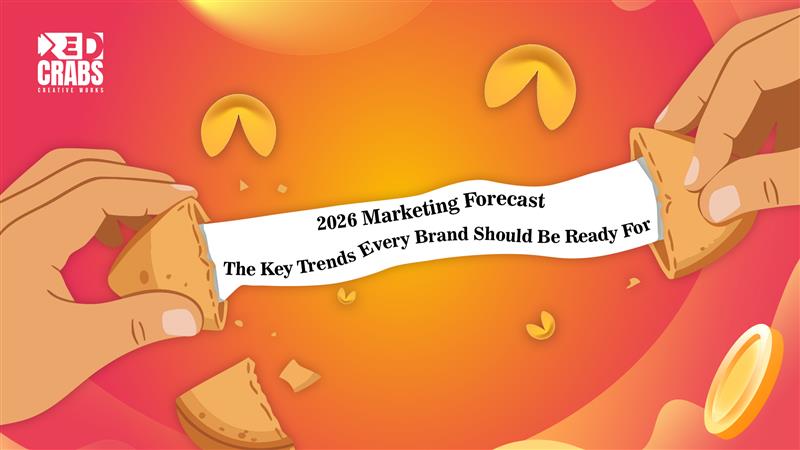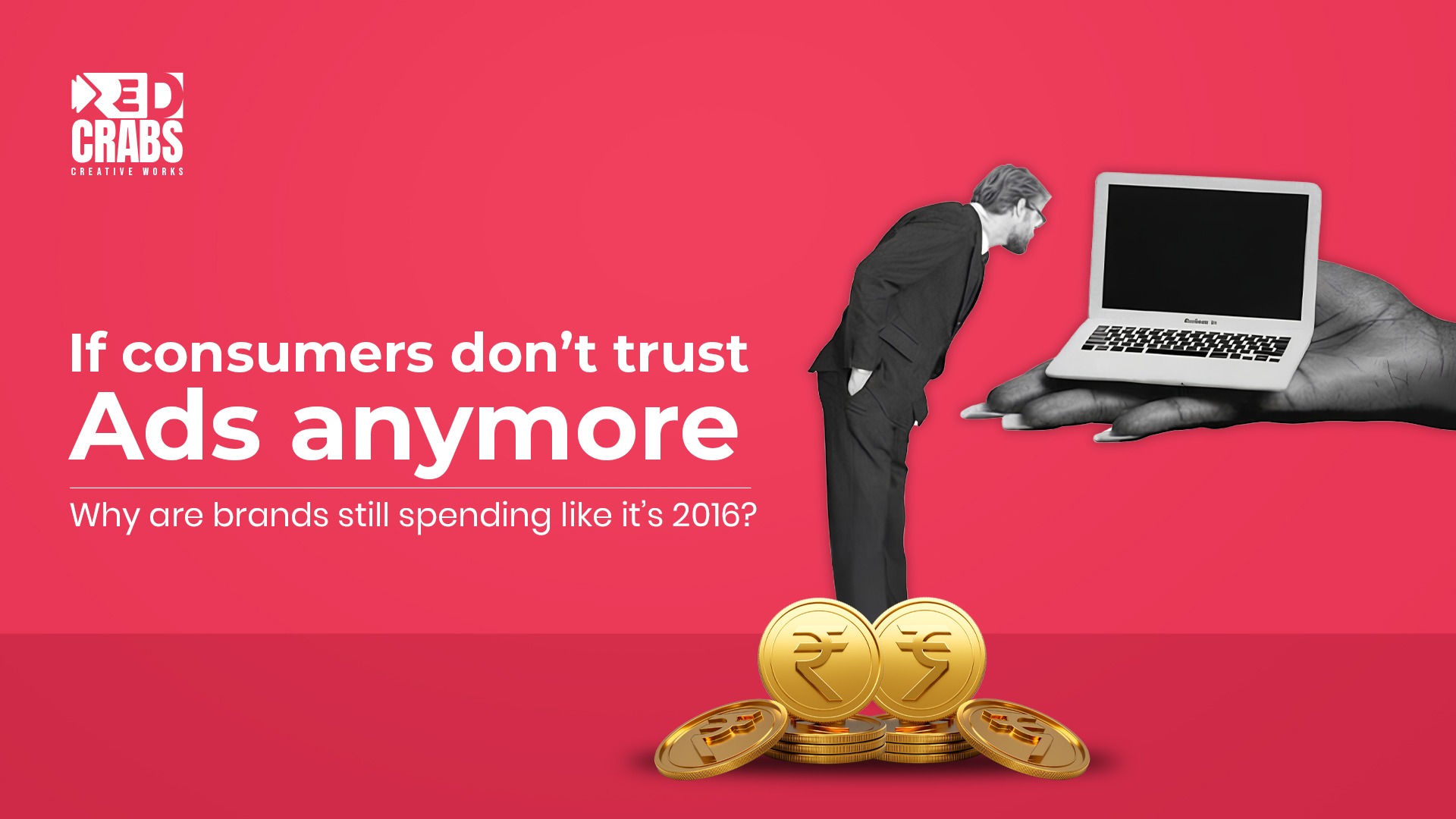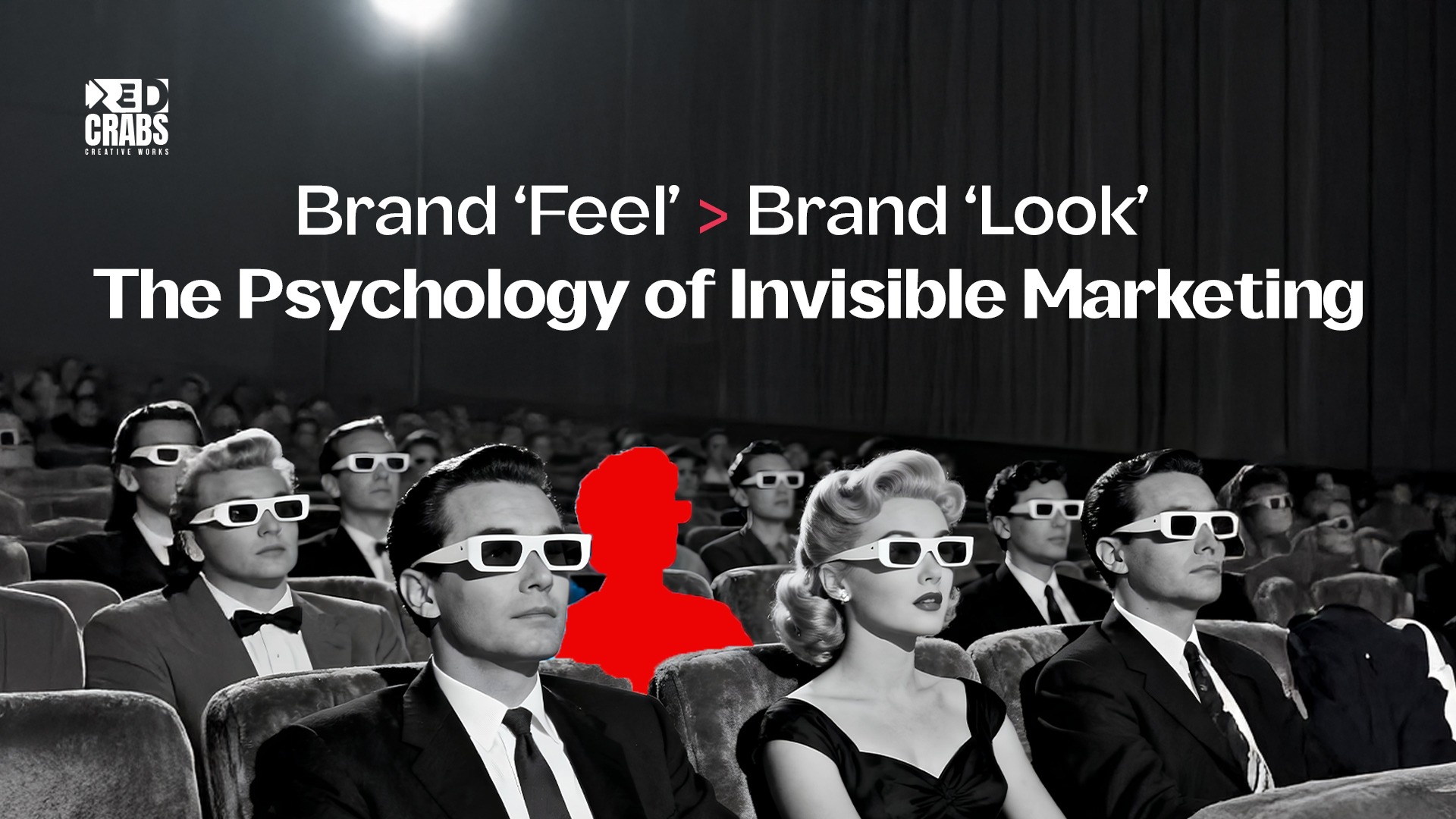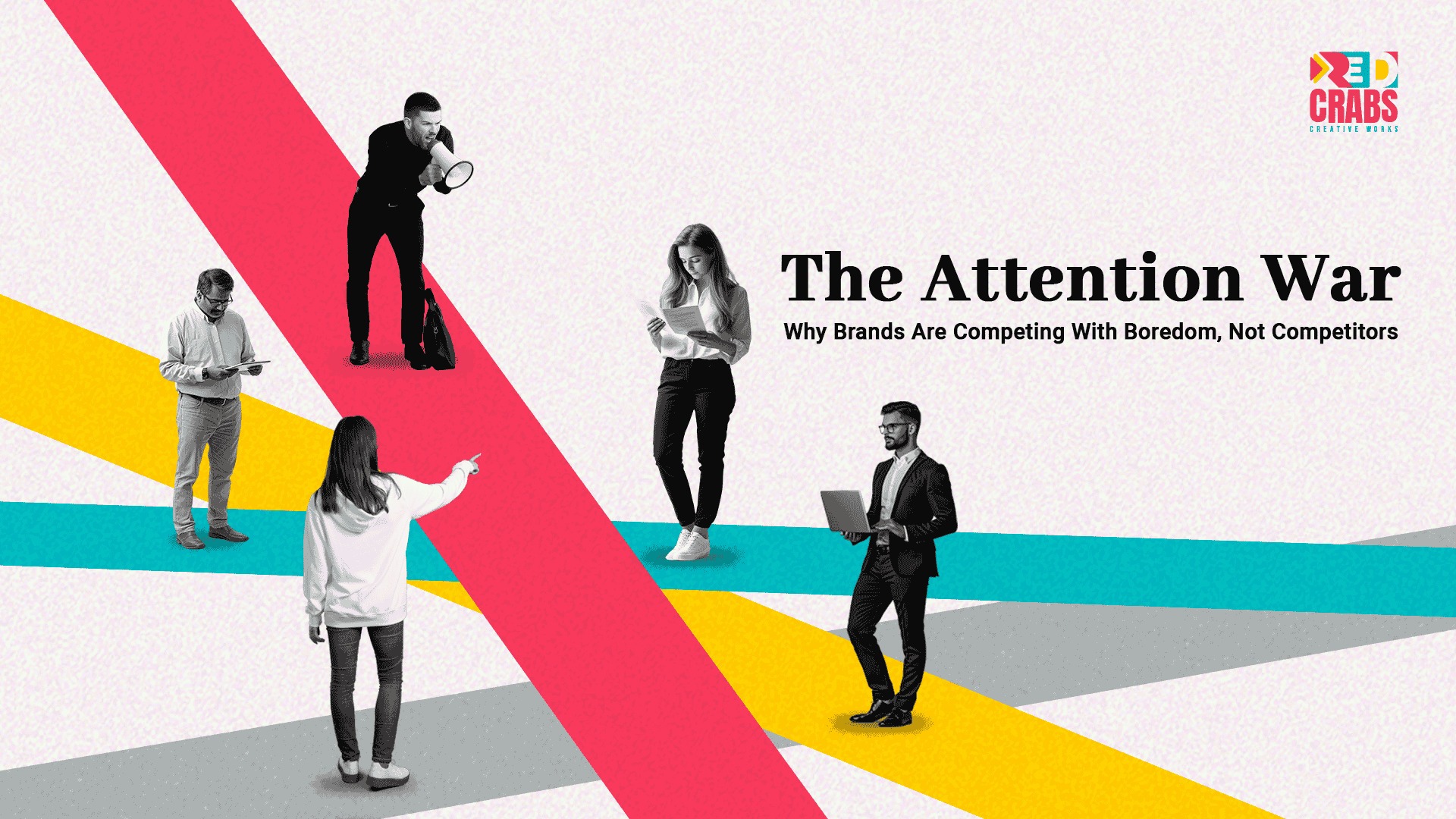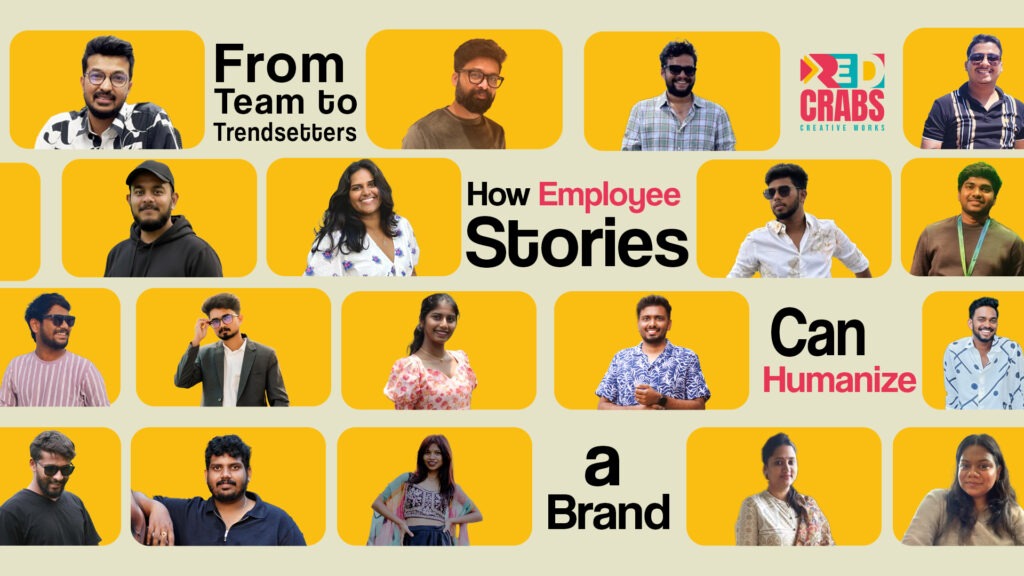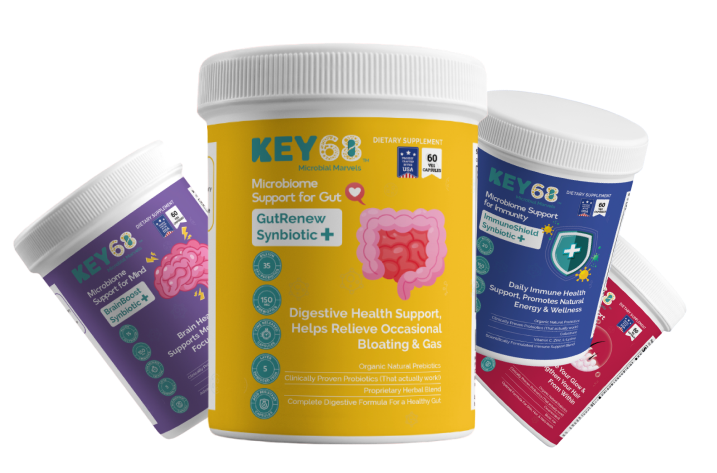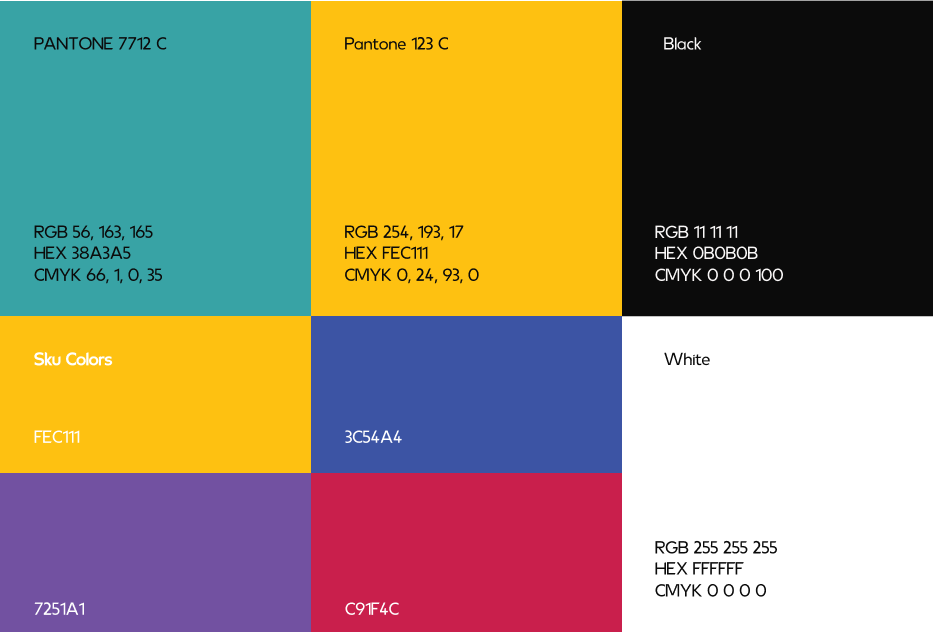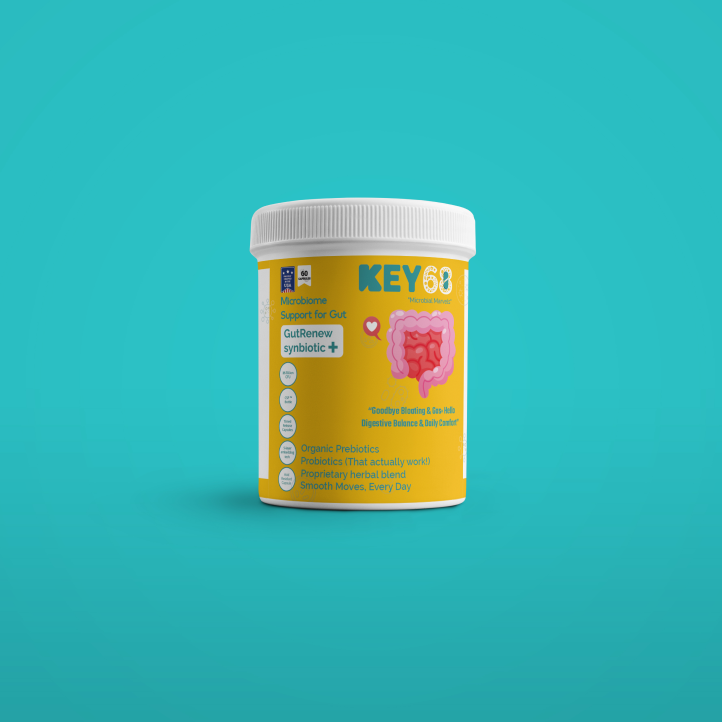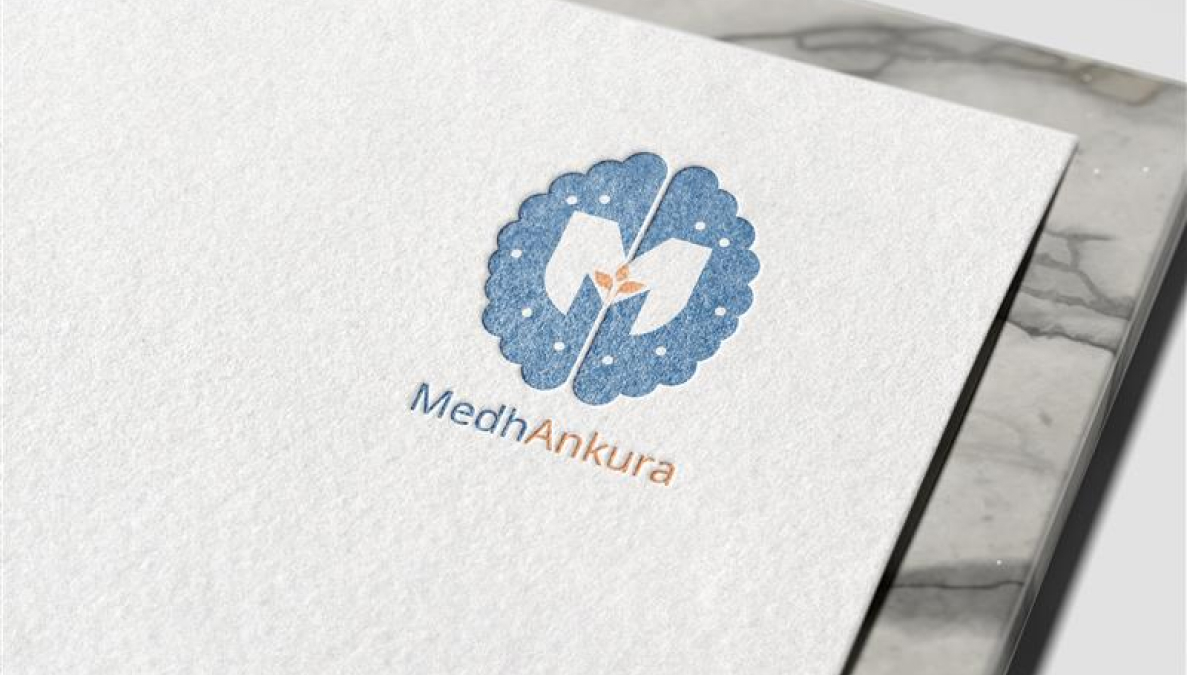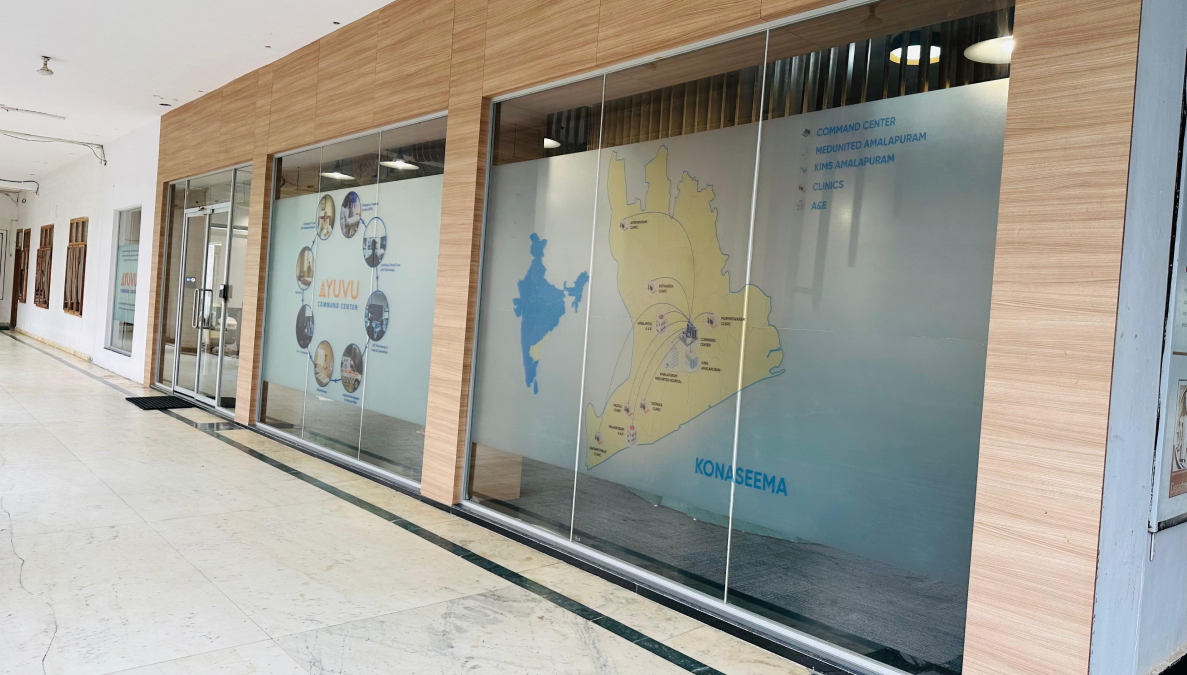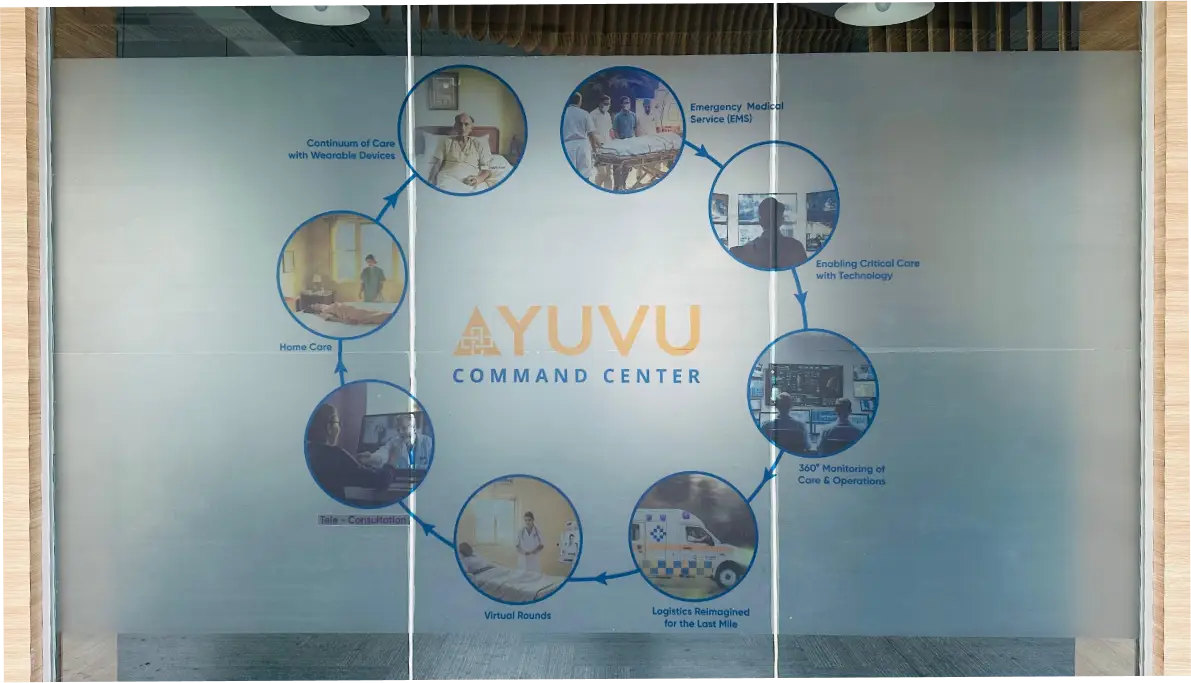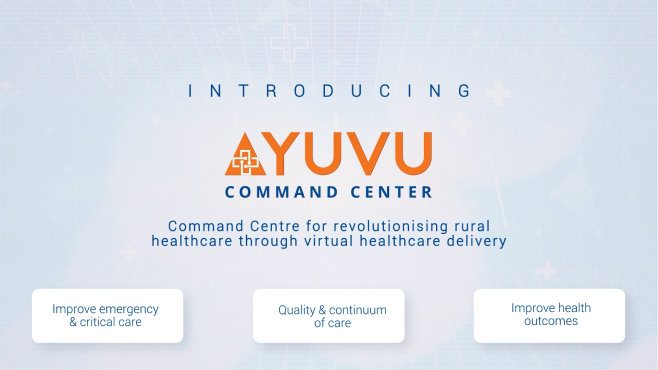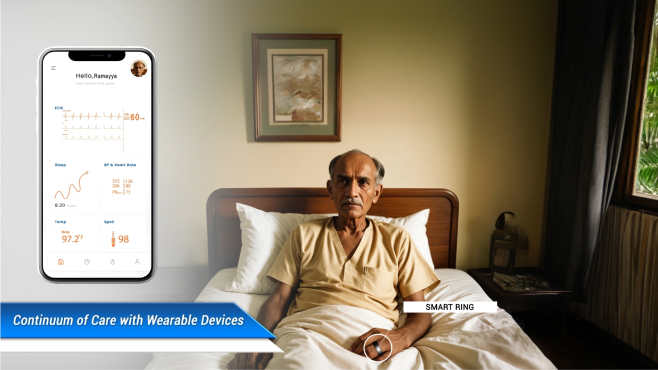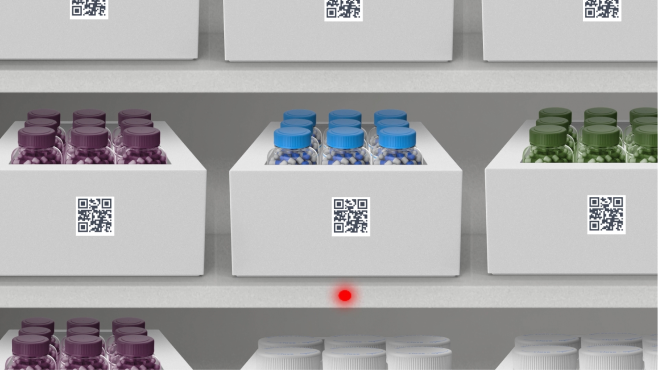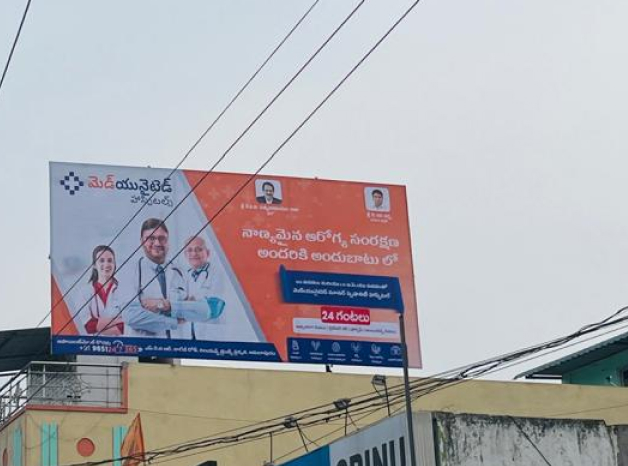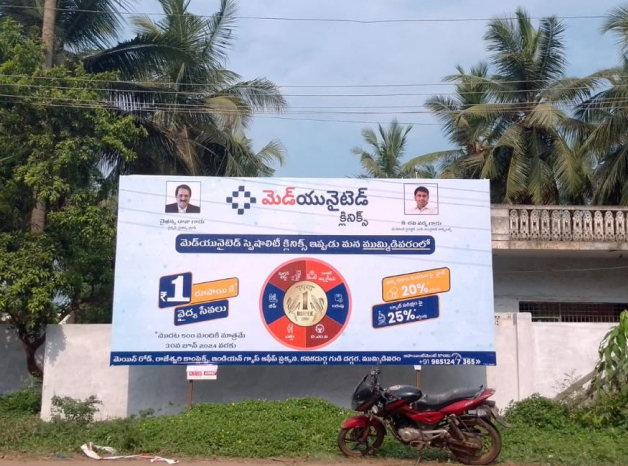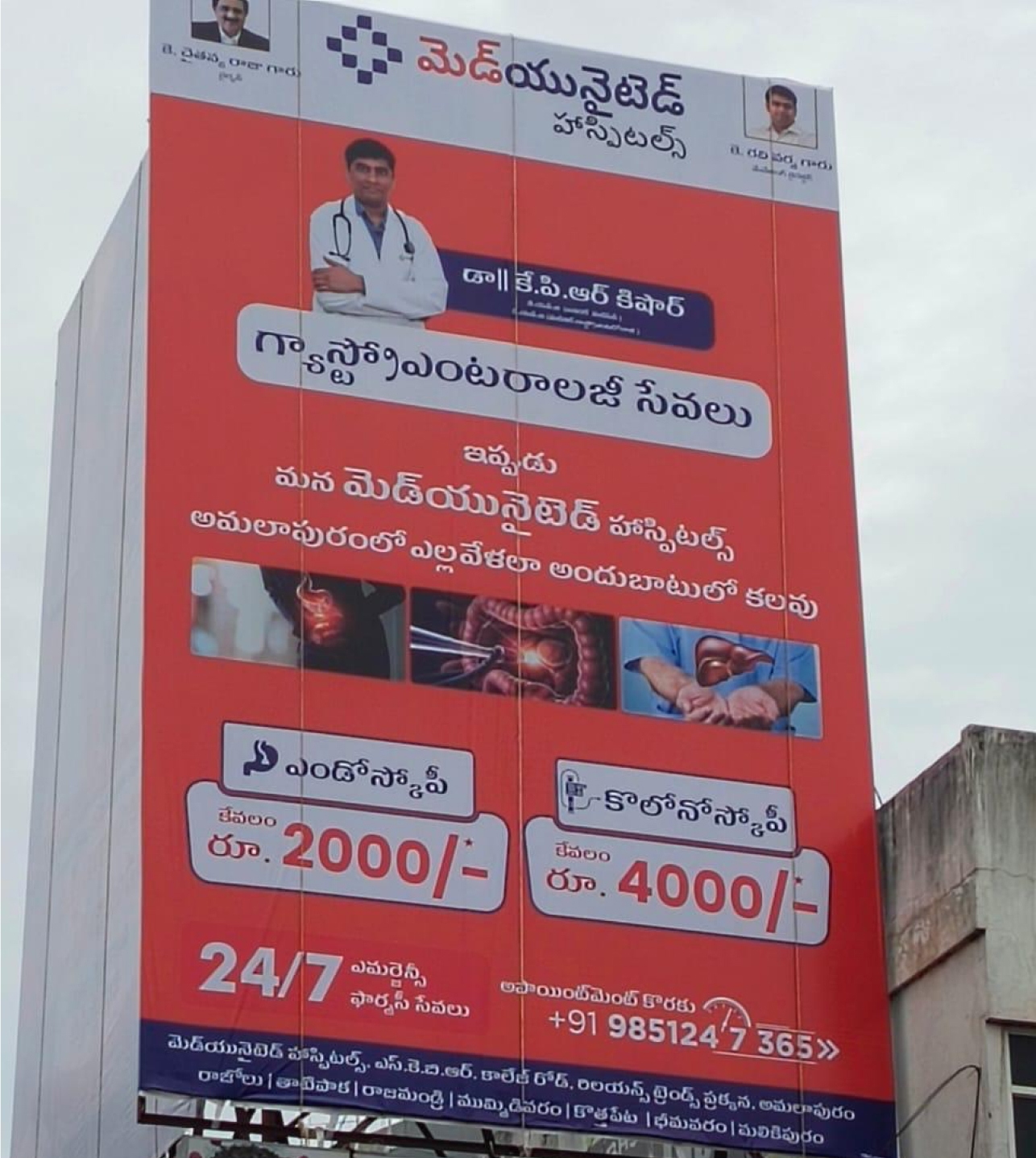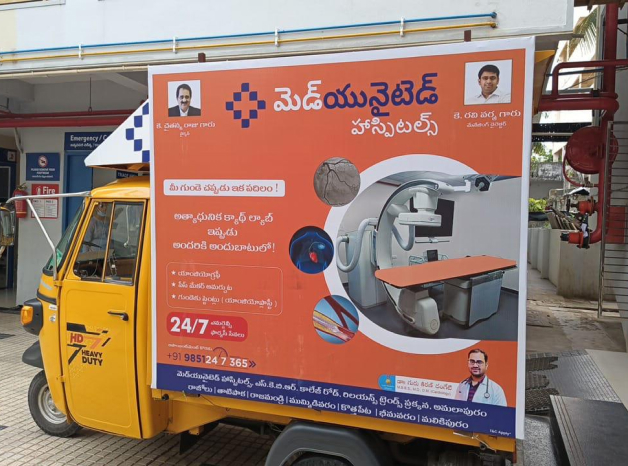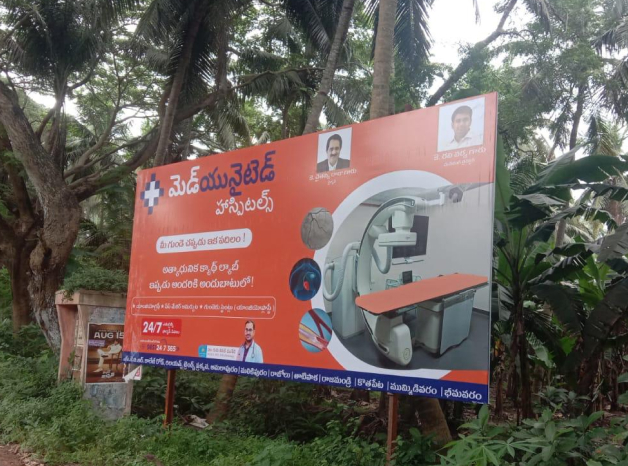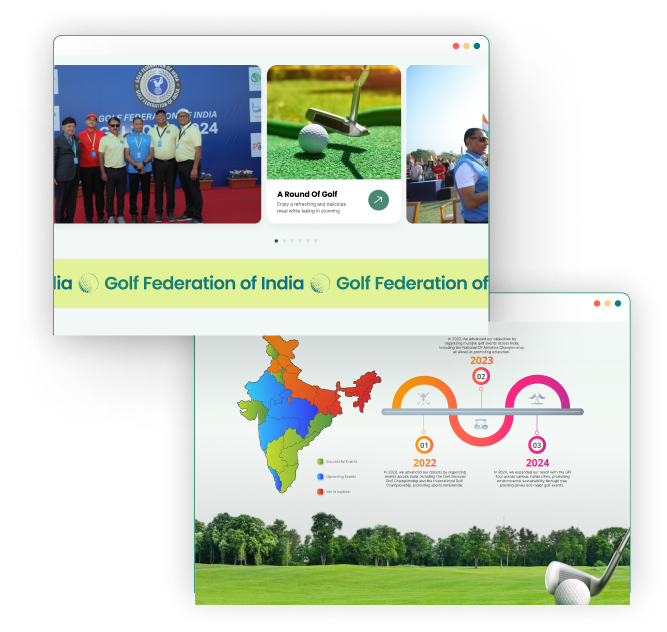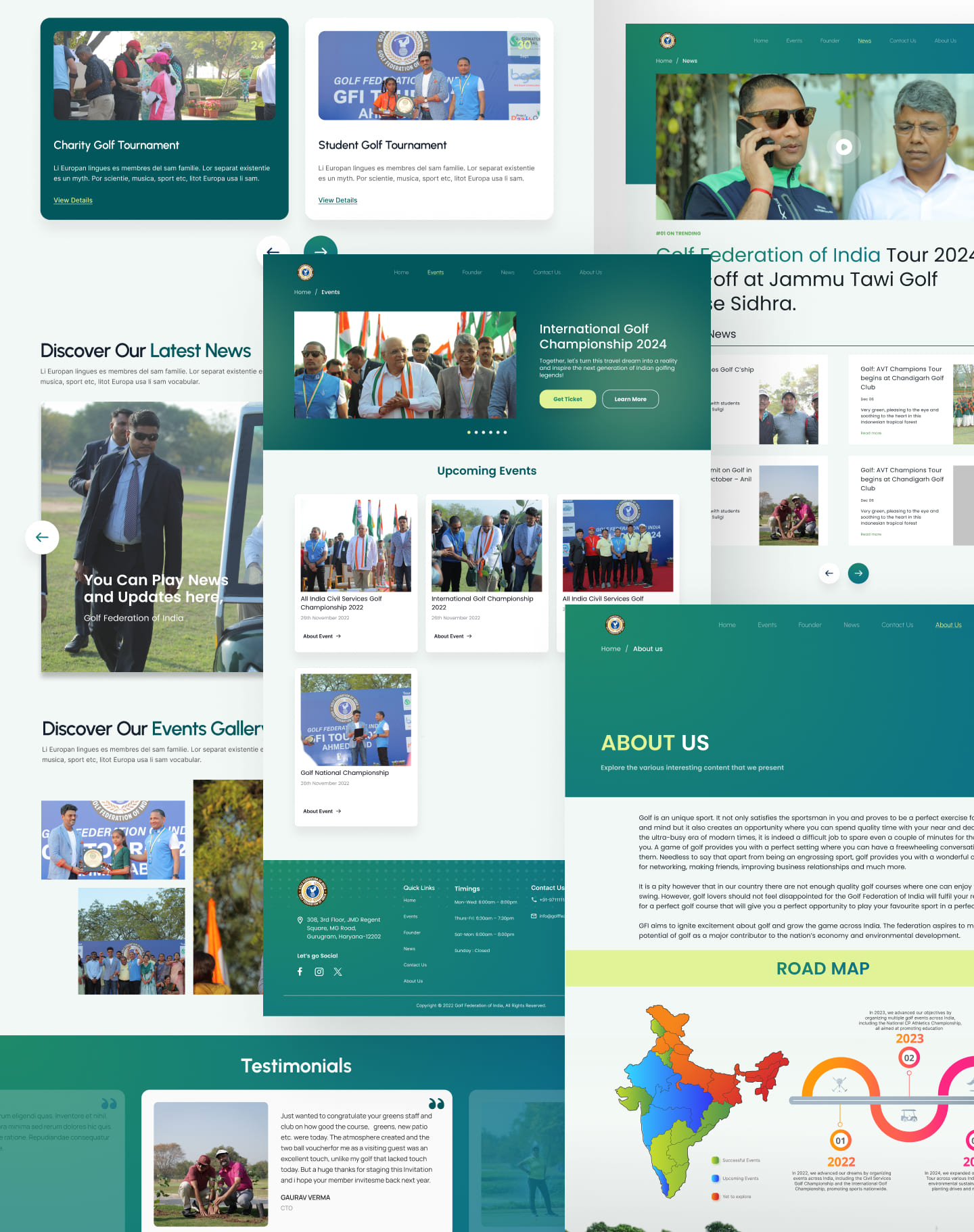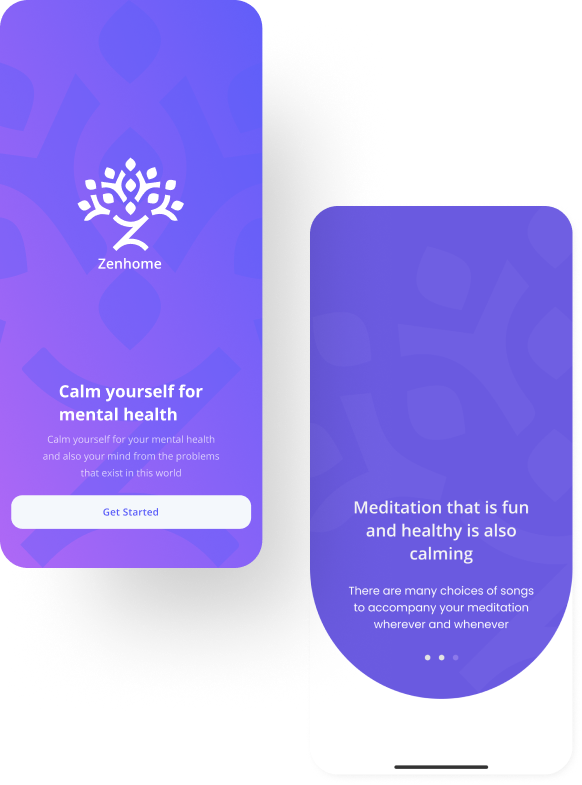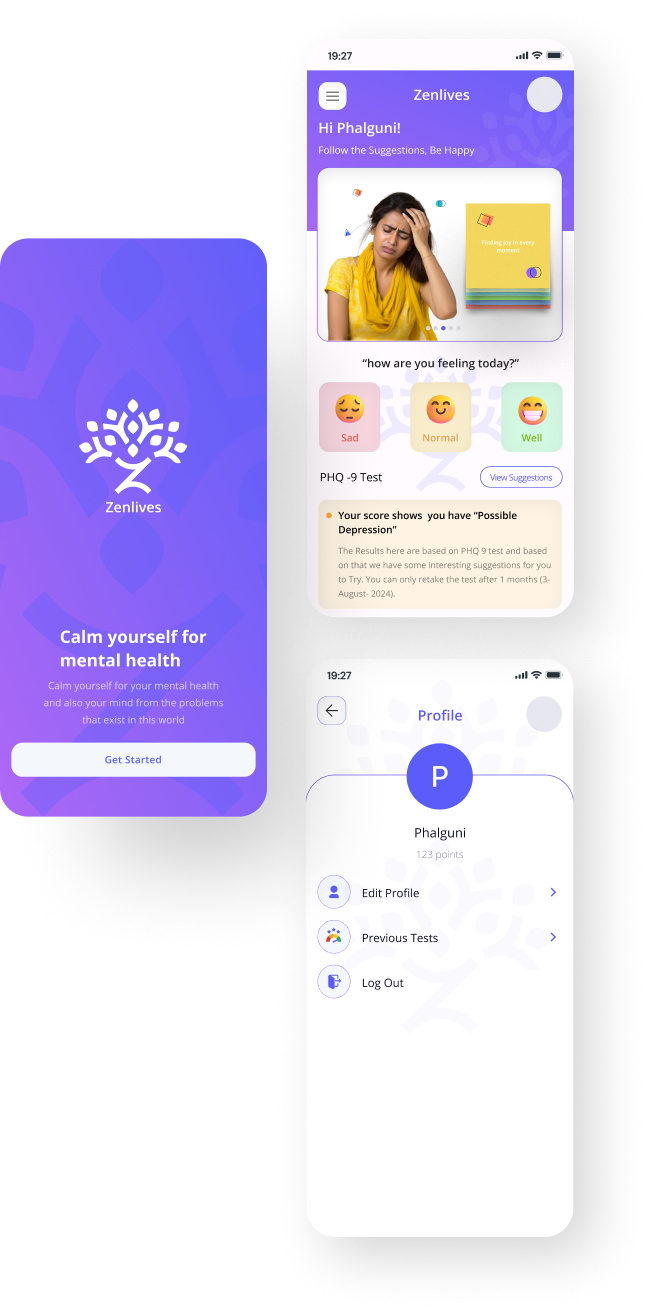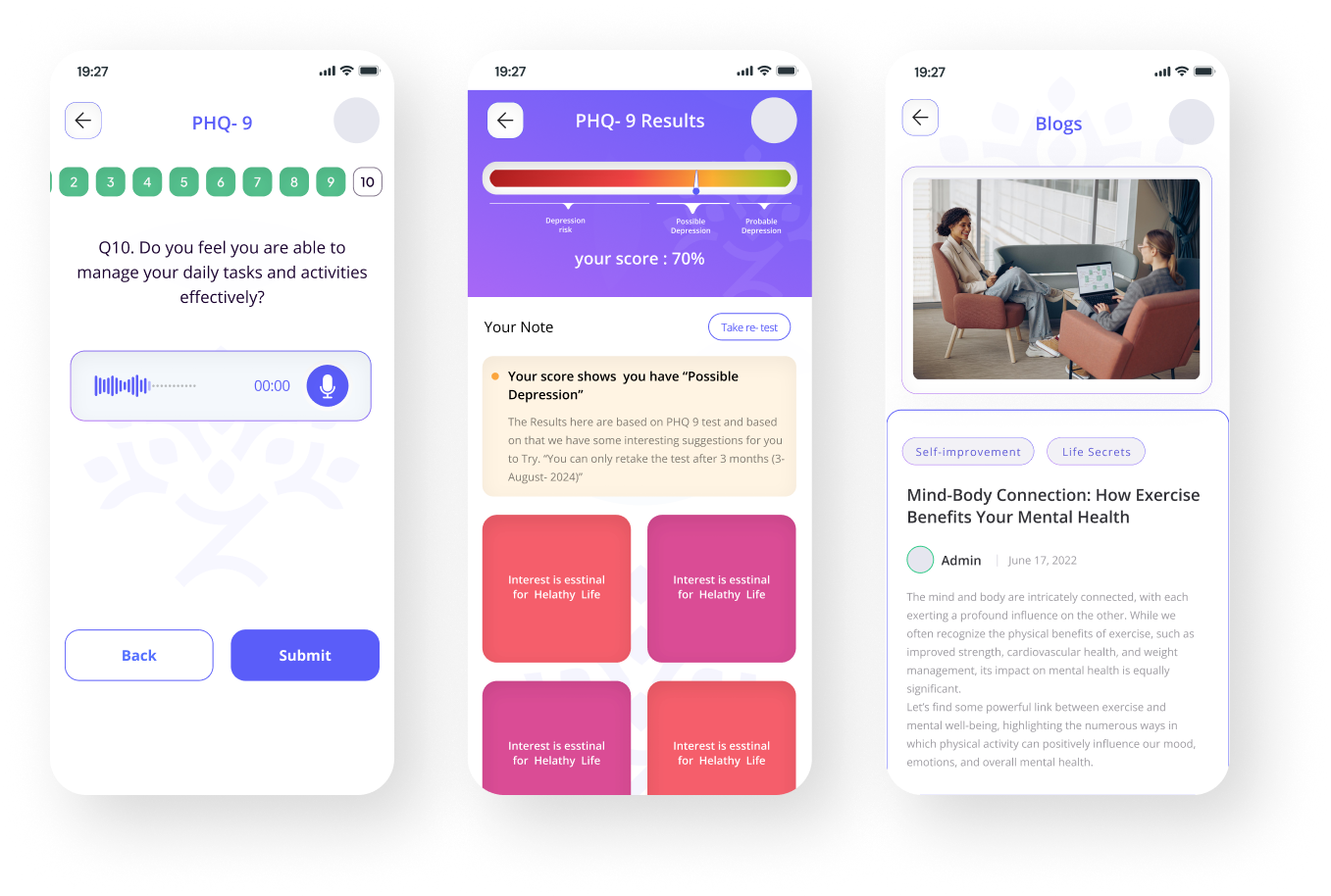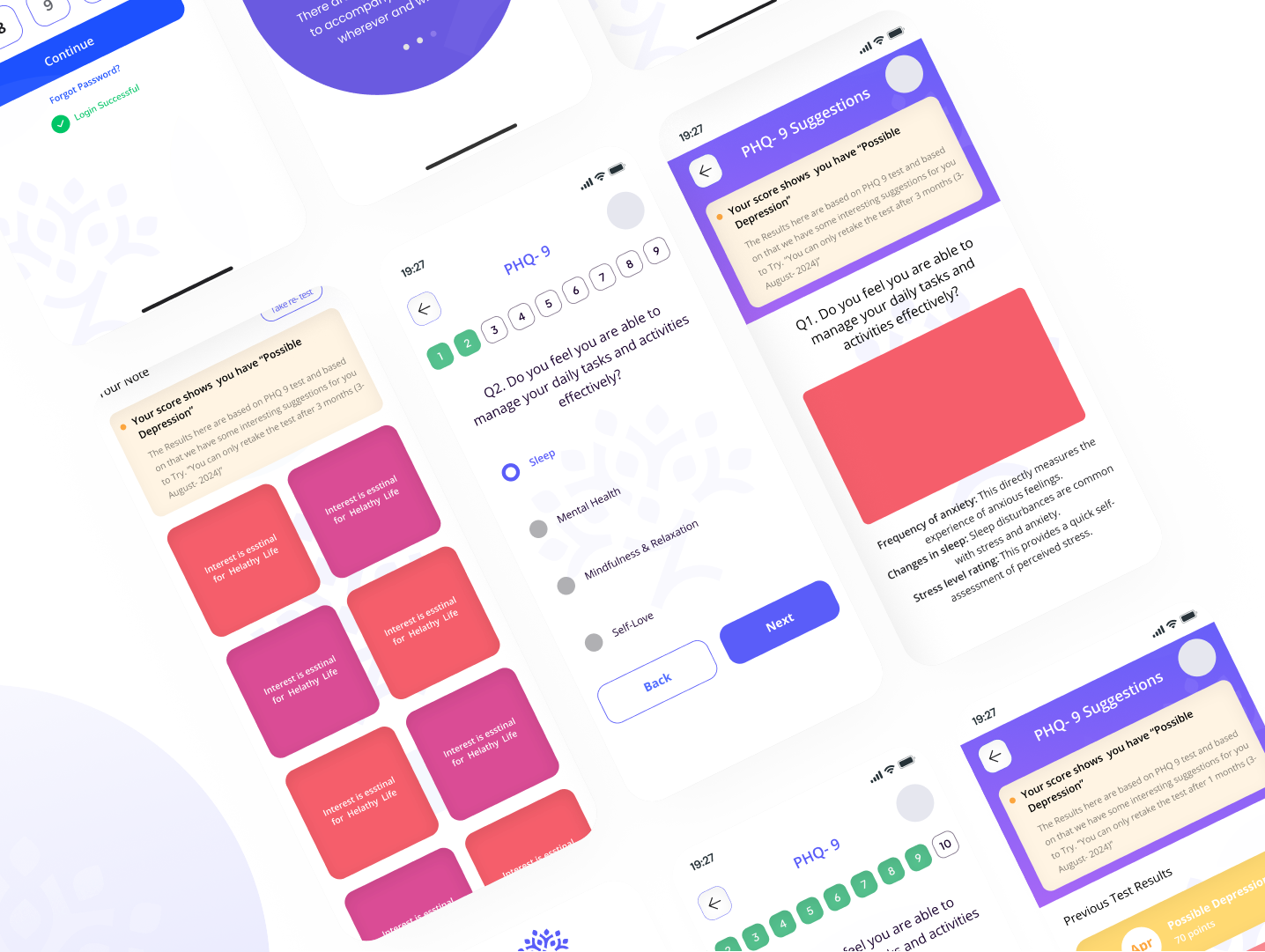In a world where audiences scroll faster than ever, what truly makes them pause isn’t another paid campaign — it’s people.
The stories they tell. The authenticity they bring. The moments that feel real.
That’s where employee advocacy in marketing is changing the game. It’s not about forcing employees to share posts; it’s about turning real voices into brand storytellers — and in doing so, building brands people actually trust.
The Shift: From Corporate Messaging to Human Conversations
Traditional marketing has always been about control — carefully crafted messages, polished visuals, and strict brand guidelines.
But today’s audiences crave something different: transparency.
According to the Edelman Trust Barometer, 59% of consumers say they trust “a person like themselves” more than CEOs or official brand spokespeople (Edelman, 2024).
That’s why when an employee shares what it’s really like to work behind the scenes — the challenges, the team wins, the small moments — it instantly builds credibility. Because people trust people, not corporate perfection.
Why Employee Advocacy Works So Well
If a brand says, “We’re innovative,” it’s marketing.
But when a designer posts about how their team stayed up late to fix a client challenge — that’s proof.
Employee advocacy works because it transforms brand messages into lived experiences.
According to LinkedIn’s Workplace Culture Report, brands with strong employee advocacy programs see 58% more reach and 5x higher engagement compared to corporate posts (LinkedIn, 2023).
It’s simple — when employees speak, audiences listen differently. They don’t just see a post; they feel a story.
The Ripple Effect: How Inside Voices Shape Outside Perception
Every employee post, every behind-the-scenes photo, every genuine thought — they all ripple outward.
These days, short-form content like Instagram and Facebook Reels has transformed how audiences connect with brands. Even a fun, authentic employee reel — celebrating a quirky team moment, sharing a behind-the-scenes laugh, or highlighting a creative process — can resonate widely and make the brand feel approachable.
When audiences see these candid, relatable moments, it humanizes the company instantly. It’s not about scripted marketing; it’s about showing the personality, culture, and warmth behind the brand. These quick, shareable clips create micro-moments of trust and connection, turning casual viewers into engaged followers.
And there’s data to back it up — companies with strong employee advocacy see 23% higher profitability and greater brand visibility overall (Aberdeen Group, 2023).
Creating a Culture That Encourages Sharing
Real advocacy doesn’t happen through checklists or mandates. It happens when teams are proud of where they work and feel empowered to express that.
Here’s how leading brands nurture that culture:
- Empower, don’t script. Give employees the freedom to share moments naturally.
- Celebrate authentic achievements. Highlight wins and personal perspectives.
- Create a sense of community. Encourage engagement and interaction within teams.
When people feel seen and valued, they naturally become your strongest advocates.
From Insight to Impact: The Red Crabs Approach
At Red Crabs, a leading digital marketing company in Hyderabad, we help brands uncover the human side of their identity — the emotions, ideas, and purpose that make them stand out in a crowded digital world.
Because real connection doesn’t come from campaigns alone; it comes from consistency, clarity, and authenticity that audiences can feel.
In a digital landscape overflowing with noise, those genuine, well-crafted moments don’t just build engagement — they build belief.
Conclusion
At Red Crabs, we believe real impact isn’t built on loud campaigns — it’s built on meaningful moments.
From short-lived trends to conversations that spark long-term trust, we help brands stay ahead — not by chasing what’s popular, but by creating what matters.
Every scroll, every share, every small interaction holds the power to shape how people see your brand.
And when those moments align with intent, creativity, and purpose — that’s when marketing stops feeling like marketing and starts feeling like connection.
Because in today’s digital world, it’s not about being seen. It’s about being remembered.
